History
A Brief History of The Labour Party and The Forest of Dean.
Before 1900 there was no Parliamentary Labour Party. A ballot paper before then would have only offered a choice of Conservative and Liberal…if you were rich enough to vote. Public Services were scarce and life for a working family was one of hardship and insecurity. Things had begun to change after the Representation of the People Act of 1884 when some working men were given the vote for the first time, and Trades Unions realised that they suddenly had an opportunity to sponsor election candidates who would stand for the rights and well being of their members…working class people.
In the 1900 General Election 15 candidates for the new Labour Party were sponsored in this way, a grand total of £33 was spent on campaigning, and incredibly 2 won their seats – Keir Hardie in Merthyr Tyfil and Richard Bell in Derby.
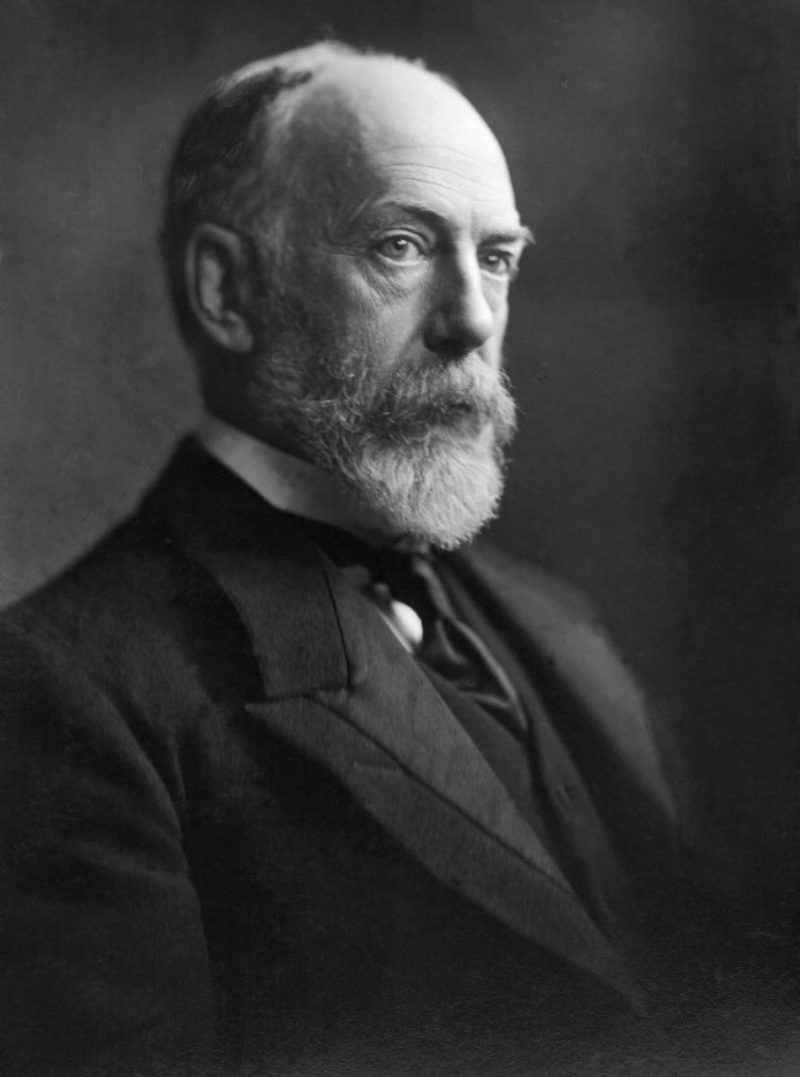
The Forest MP at the time was the Liberal Sir Charles Dilke. He had once been a notorious radical republican (when MP for Chelsea) who had campaigned for the end of the monarchy and made himself quite well known. It had been thought likely that Dilke would attain high office until a rather messy scandal unravelled involving an alleged “affair” he had with the daughter of his mistress. Victorian morality did not bend to these extremes and Dilke had been ostracised by the party and discouraged from standing for parliament ever again. However one constituency, the Forest of Dean, gave him a second chance, elected him, eventually named a hospital after him, and kept faith with his leadership throughout the years of the Labour Party’s growth, despite continued working class hardship.
Coal Mines dominated the Forest of Dean and life wasn’t very secure for miners and their families. In April 1893, the mine owners characteristically proposed a 20 per cent cut in wages for those working in the Forest pits. Many miners were laid off. A total of 600 found themselves out of work at Trafalgar, Crumpmeadow, Lightmoor and Foxes Bridge collieries. But in a ballot of miners, the pay cut proposals were rejected. The men emphatically confirmed their rejection of the mine owners’ terms at an open air meeting held at the ‘Miners Arms’ in Whitecroft, the following month.
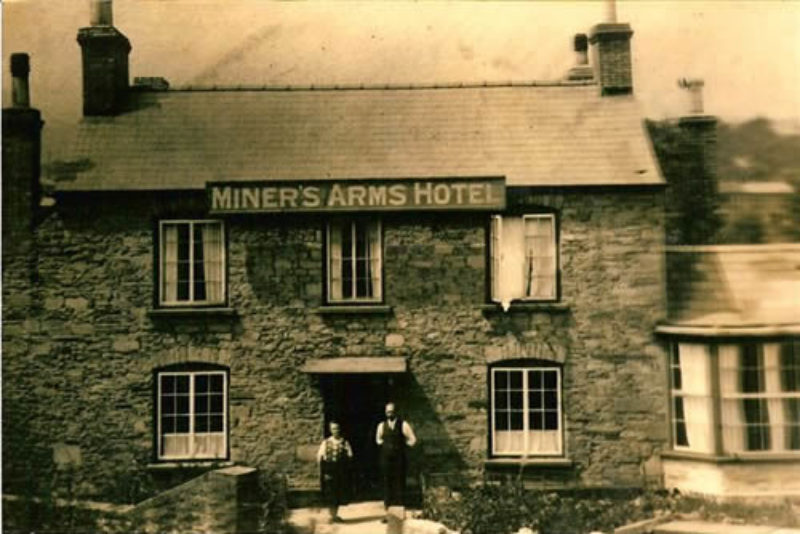
On another occasion Mr Rowlinson, a miners agent, told a Forest meeting “Serfdom is a thing of the past and what you are suffering from at the present time is what I term ‘wagedom’ – when employers can dismiss a thousand workmen and lock out 4,000 when they like, because there might be a failure in the wage fund and a change in the market, and throw women and children to face starvation, whilst they are feasting on the fat of the land.” This was the language of a new generation that would vote Labour for real change, but Socialists and Trade Unions in the Forest continued to support Sir Charles Dilke right up until the First World War.
1918 brought the troops home and with it a determination for change. Too many had been slaughtered on the orders of the establishment, and the land that the survivors returned to simply had to work better. The Representation of the People Act in that year gave almost every man and most women over 30 the vote and tripled the electorate at a stroke. In the election of 1918 in The Forest there was a first ever Labour Candidate, James Wignall, and Charles Dilke no longer stood for the Liberals. When the votes were counted, Labour had won the Forest of Dean for the first time. James Wignall had been a copper sheet roller from Swansea who had been elected for a succession of Trade Union posts and found his way into the Labour Party. In the election Labour had won 57 seats in Parliament and were growing fast.
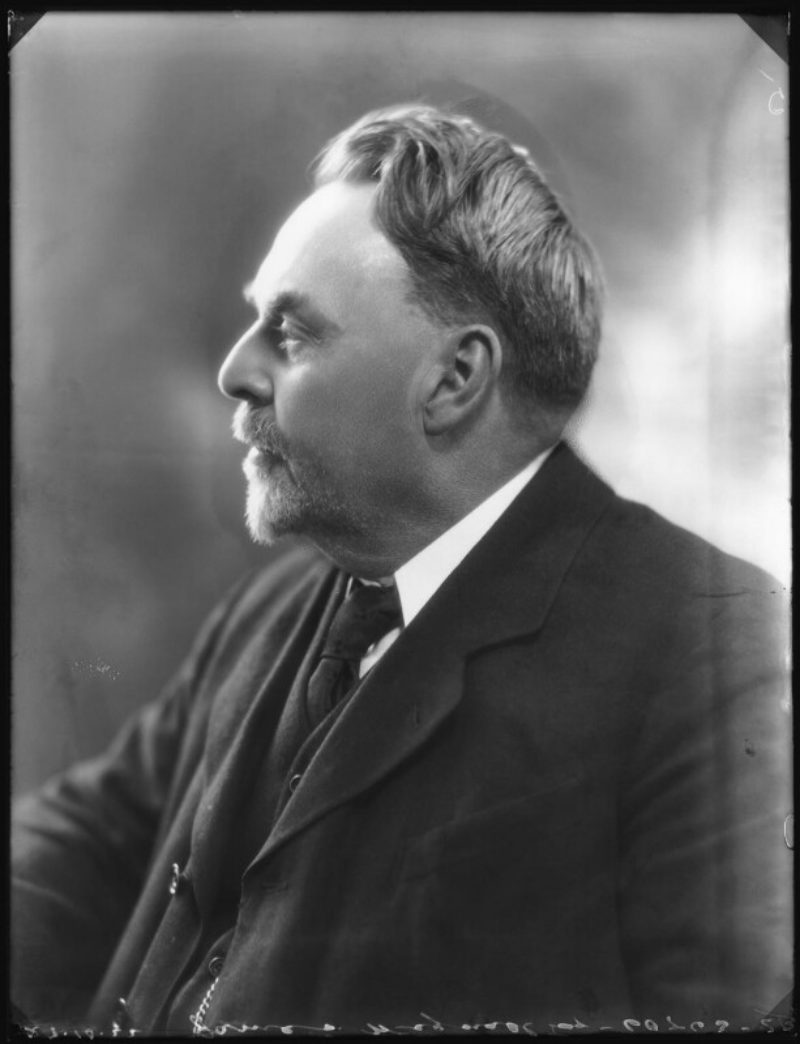
In the 1923 election Wignall won again in the Forest and Labour increased to 191 seats at Westminster. Together with the Liberals’ 158 seats the two parties were able to form a government – the first ever Labour Government under Ramsay MacDonald. In the Forest and in the country at large there was still terrible Industrial unrest particularly resulting from the Mine Owners’ continual attempts to cut wages. But the Labour Government began to make a difference. Their Housing Act of 1924 was an attempt to build “houses for heroes” and it doubled the subsidy central government paid to local government for building council houses. A laudable 500000 council houses were built as a result…. this is a typical architect’s drawing of a Council House of that time – looking like plenty of houses around the Forest including at Joys Green, Sunnybank in Coleford and perhaps Tutnalls in Lydney. This was the legacy of the First Labour Government.
Wignall died in 1925 and a bye election was held and was again won by Labour with A A (Alf) Purcell taking over as the Forest MP. He was another Trade Union man from Salford, but Purcell was also Internationally recognised as a real left wing firebrand. He had just come back from leading a British delegation to Moscow, one that had attracted international outcry, and his subsequent visit to America was so controversial that newspapers had called for his deportation. When Baldwin’s Conservative Government accepted the recommendations of the Samuel Commission to again reduce Coal Miners wages in 1926, the workers of Great Britain called a General Strike – not one man in the whole country would work in support of the miners.
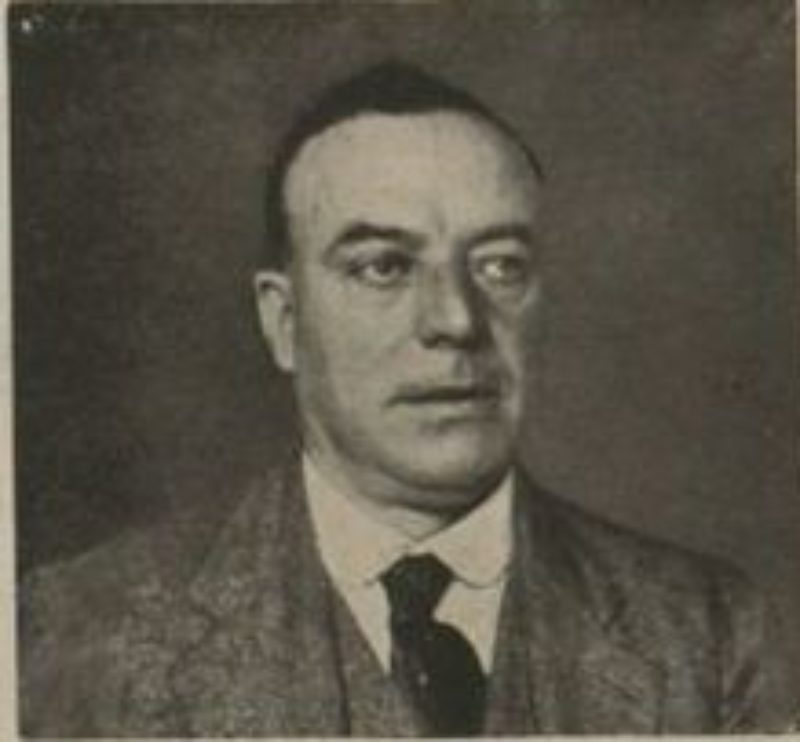
In his biographer Keith Morgan’s words “When the General Strike was called over the treatment of the miners, Alf Purcell was the man who chaired the national strike committee.” (A rare occasion, a Forest MP at the centre of politics)”When nine days later the strike was called off, and its leaders accused of a cowardly betrayal, Purcell alone of them had to return to the constituency of miners who had vested so much faith in him.” The Forest of Dean miners, together with their comrades in the nearby Bristol and Somerset coalfields, remained solid throughout the long bitter months of the lockout. Winifred Foley (a daughter of a miner, Charlie Mason) recalls in her autobiography: “The strike was really a desperate cry for the status of manhood – to be able to do a full week’s work in the pit, to be paid enough to fill the bellies of their families. The women stood four-square behind their struggling husbands, the older children sensed it would have been better if they hadn’t been born, and apologised by being quiet and undemanding”. (from ‘A Child in the Forest’.) Whole families faced the hardship and starvation of the dispute. Children were sent away, to stay with sympathetic families in other parts of the country who could feed them and care for them. Finally, as autumn drew to a close, the men were forced back to work on the winnowers’ terms.
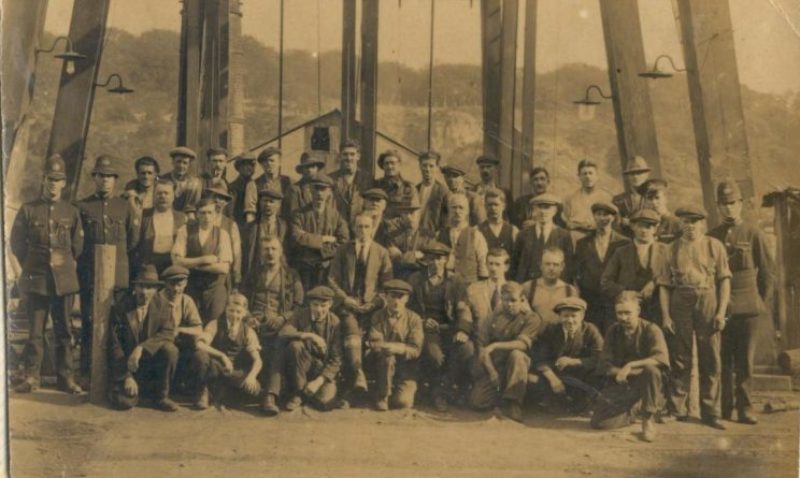
Purcell left the Forest when the 1929 General Election was called to try and stand in his native Manchester. The new Labour Candidate for the Forest was David Vaughan from Bristol, who once again was elected, and nationally the result yielded a Second Labour Government. Again this government did more for the Forest of Dean than any Conservative or Liberal government had ever achieved. Public Works incentives brought about Public Parks and Swimming Pools….Lydney Baths a direct result. A Coal Mines act went a long way to stopping further reductions in pay, a Housing Act continued the drive to build council houses, of which plenty were built in the Forest. Class sizes were brought down from numbers like 50 in an education act, and unemployment provisions were changed to prevent claimants from being “excluded” from benefits, which apparently many had.
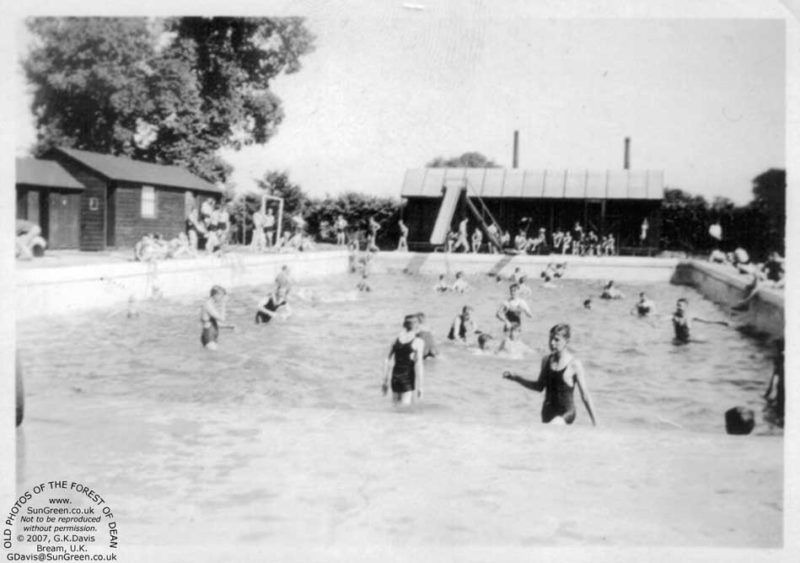
The government did great work but were helpless to know what to do when the great financial crash of 1931 occurred. All of these great left wing leaders surrendered helplessly to the dictats of the Stock Exchange and weakly handed power to a Conservative led “Coalition Government” who ushered in the now familiar round of austerity and cuts. Even the Forest of Dean in 1931 voted against David Vaughan, who defied Ramsay MacDonald and still stood staunchly as a Labour MP, and voted instead for John Worthington, the “National Labour Candidate”. He spent 4 years at Westminster as Ramsay MacDonald’s personal private secretary and supported Import Duties on steel in the hope of stimulating the Forest of Dean’s Coal based economy.
In the 1935 General Election, Worthington still stood as National Labour against an Official Labour Candidate Morgan Phillips Price from Gloucester. With the panic of the 1931 Financial Crisis having abated, the Forest voted once again for the Labour Candidate and Price started his career as Forest MP, one that was to last 24 years. He had been a Liberal before WW1 but a visit to Russia that coincided with The Russian Revolution appears to have changed his affiliation. He saw enough there to come back aligned to the Labour Party.

Nationally Labour remained in opposition until the end of WW2 when the 1945 General Election re-elected Morgan Phillips Price in the Forest, and gave Labour an overwhelming majority allowing them to form their first ever majority government under Clement Atlee. This government delivered a catalogue of reforms that made life more secure in The Forest of Dean. The creation of the National Health Service brought Forest Hospitals under national control and made all GP practices readily available to working people. The Coal Mines were nationalised and even though they were clearly not going to go on forever the constant feeling of unfairness and coercion now dissipated, while the new National Insurance and National Assistance Acts Act made the prospect of unemployment no longer a “life or death” matter.
The Labour Government crucially did help to bring about new employment opportunities which finally replaced Coal Mining as the only job going in the Forest, and heralded a more prosperous period leading into the 1960s One example was The HW Carter Ribena Factories from Stokes Croft and Ashton Gate in Bristol. They had begun to do well but suffered from German bombing and in 1947 Morgan Phillips Price and the Labour Government induced the factory to set up in Coleford to alleviate the high unemployment in the Forest. The factory became known as Beechams in 1955 and now is Glaxo Smith Kline. Similarly factories like J Allen Rubber Co in Lydney and Whitecroft and Rank Xerox in Mitcheldean offered employment to the new Post War Forester.
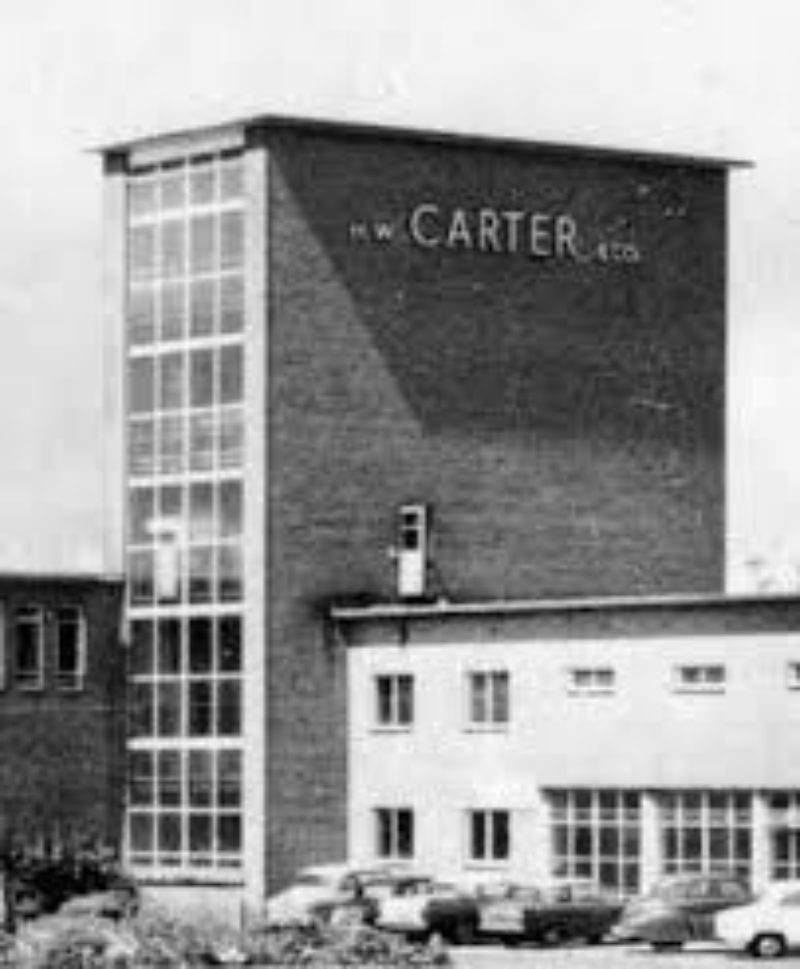
In 1950 Morgan Phillips Price again stood but in a constituency no longer called “The Forest of Dean” it was now renamed “West Gloucestershire” He won again, and then at the end of 1951 when the Labour Government fell he held his West Gloucestershire seat for Labour. In this election the Conservative opponent WH Tandy apparently campaigned by attempting to identify the Labour Party that had done so much to improve everyday life in The Forest as “The Red Threat”. In an election speech he said “If the Socialists won this election it would not be very long before (Earnest)Bevan would be premier,” Dr Tandy continued “and to have Bevan as Prime Minister would be one of the greatest catastrophes that ever befell the country. He would be a dictator – and a Marxist dictator at that.” Conservatives have since found that this kind of rhetoric is more successful for winning votes than any invitation to examine their own policies.
Morgan Phillips Price’s last victory for Labour came in 1955; at the next election in 1959 Labour had a new candidate, Charles Loughlin. Loughlin was born in Grimsby, and moved to Leeds in 1940. He worked as a fish processor in Leeds market, and whilst there became a representative for his fellow workers with the USDAW Trade Union. From there he had gone on to be a full-time officer for his union in Birmingham. He was a strong debater and a candidate of integrity. He lived in a house near the “Severn Bore” Pub on the main A48. When the election came in October 1959 he mounted a vigorous campaign, holding the seat in a three-cornered contest with a majority of 5,411.
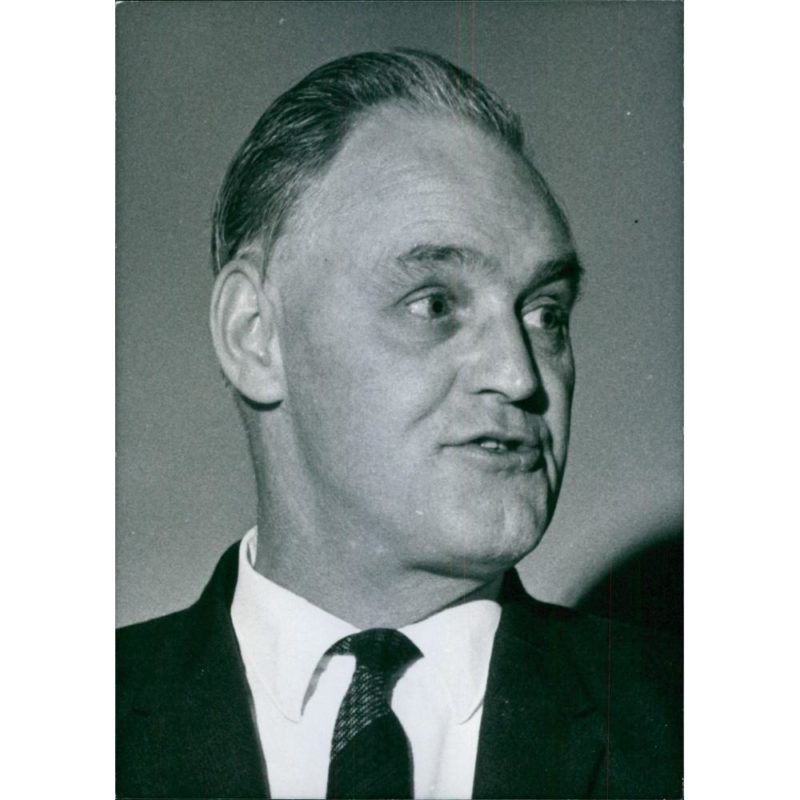
Unfortunately Loughlin could do nothing to save the Coal Industry or a severe shrinking of the Railways as a result of the Beeching Axe. The new Nationalised Coal mines were run by the NCB and this body was able to take an overall national view of feasibility. In the NCB’s report ‘Revised Plan for Coal’, published in 1959 during Harold MacMillan’s Conservative government, the Forest pits were deemed uneconomic and earmarked for closure as soon as possible. In August 1964 the Coal Board announced that the Forest’s very last two pits, Norchard and Northern United, were to close. Charles Loughlin described the news as “a shock”. Closure at some point was expected, but the timing set alarm bells ringing. 720 jobs were affected – whilst another blow to the Forest’s economy came with the news that AEI were to close their cableworks at Lydbrook with the loss of another 850 jobs.
But car ownership and main roads no longer restricted working men to looking for jobs within The Forest alone. Even though many were working at new factories within the Forest, many more had started to commute to ICI Fibres in Brockworth, Dowty in Cheltenham or even Rolls Royce in Bristol.
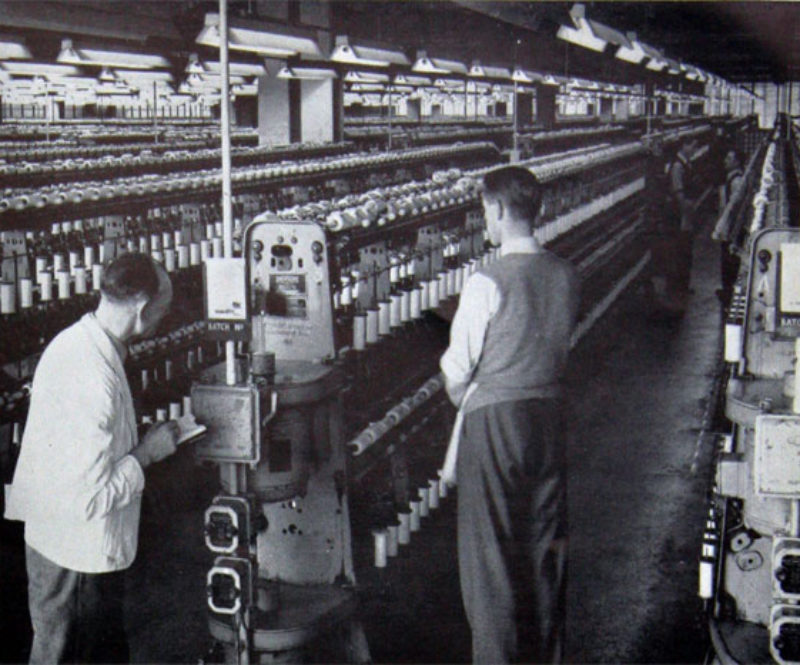
Charles Loughlin held the West Gloucestershire seat throughout the elections of 1959, 1964, 66, 1970, and February 1974 which returned a minority government under Harold Wilson. This was a tense hung parliament during which every vote counted every single day. Perhaps the stress of this Lib-Lab pact led Charles Loughlin to step down for the October 1974 election and John Watkinson, a lawyer, took over and he too duly won the West Gloucestershire seat. The period 1974-79 was dominated by Inflation and Oil Prices and Labour was mostly fighting a rearguard action. As far as The Forest of Dean was concerned, Coleford suddenly became known as the birthplace of one of the leading ladies of the world. Labour’s Denis Healey became Chancellor of the Exchequer under Wilson and his wife, whom he met at Oxford University, was Bells Grammar School girl and true Forester Edna Edmunds.
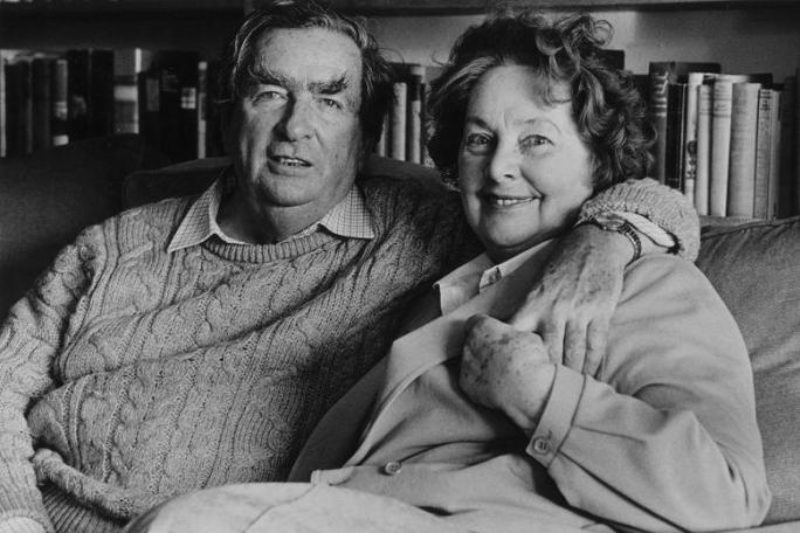
John Watkinson was foolishly beguiled by talk of “a Middle Way” in English politics: the inception of the Social Democratic Party seemed so attractive to him that he announced to his constituents in The Forest that he was no longer a supporter of the Labour Party. He stood for the SDP in the 1983 election in West Gloucestershire and split the Labour vote with the official Labour Candidate, Mike Hodkinson, giving the Conservative Paul Marland an easy victory, and continuing a winning Tory Streak that lasted 17 long years. The SDP won a Grand Total of 6 seats and was dissolved only 5 years later.
But Tony Blair became Labour Leader in 1994, and in 1997 won a landslide victory with the renamed Forest of Dean seat being won by the Labour Candidate Diana Organ, The Forest’s first female MP. This was still only the 6th ever Labour Government. The Conservatives under Margaret Thatcher had busily set about an unmitigated policy of Cuts in Health and Education and other Public Services. Tony Blair and Diana Organ’s Labour government went a long way to reversing the trend, pumping new money to redress the losses, money which built the new wing at Gloucester Royal Hospital, also doubling funding for every pupil at school, and i ntroducing the minimum wage (much to Tory anger), the pensioners’ free bus pass, lifting 600,000 children out of poverty, and making entry into museums and public galleries free.
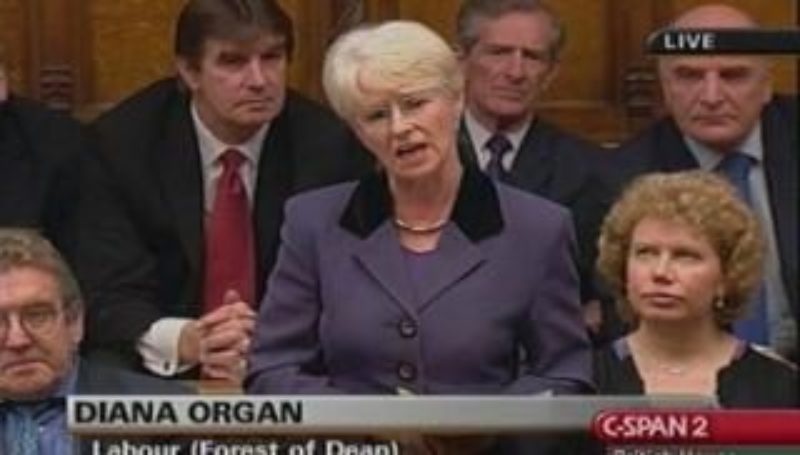
Diana Organ and Labour lost the 2010 election and since then the Forest of Dean has been victim of more Conservative Cuts, Austerity and the privatisation of public services like The Post Office and The Channel Tunnel, with Mark Harper being our elected Representative. Under threat as I write are the Forest Hospitals – Lydney, and the very same Cinderford Hospital named after one of our early political leaders, Sir Charles Dilke.
By James Young but inspired by and with content from
A WORLD TO WIN: A century for socialism and Labour in the Forest of Dean By Alistair Graham Copyright: 1993, West Gloucestershire Constituency Labour Party
Also “Bolshevism, syndicalism and the general strike”: The lost internationalist world of A. A. Purcell by Kevin Morgan

